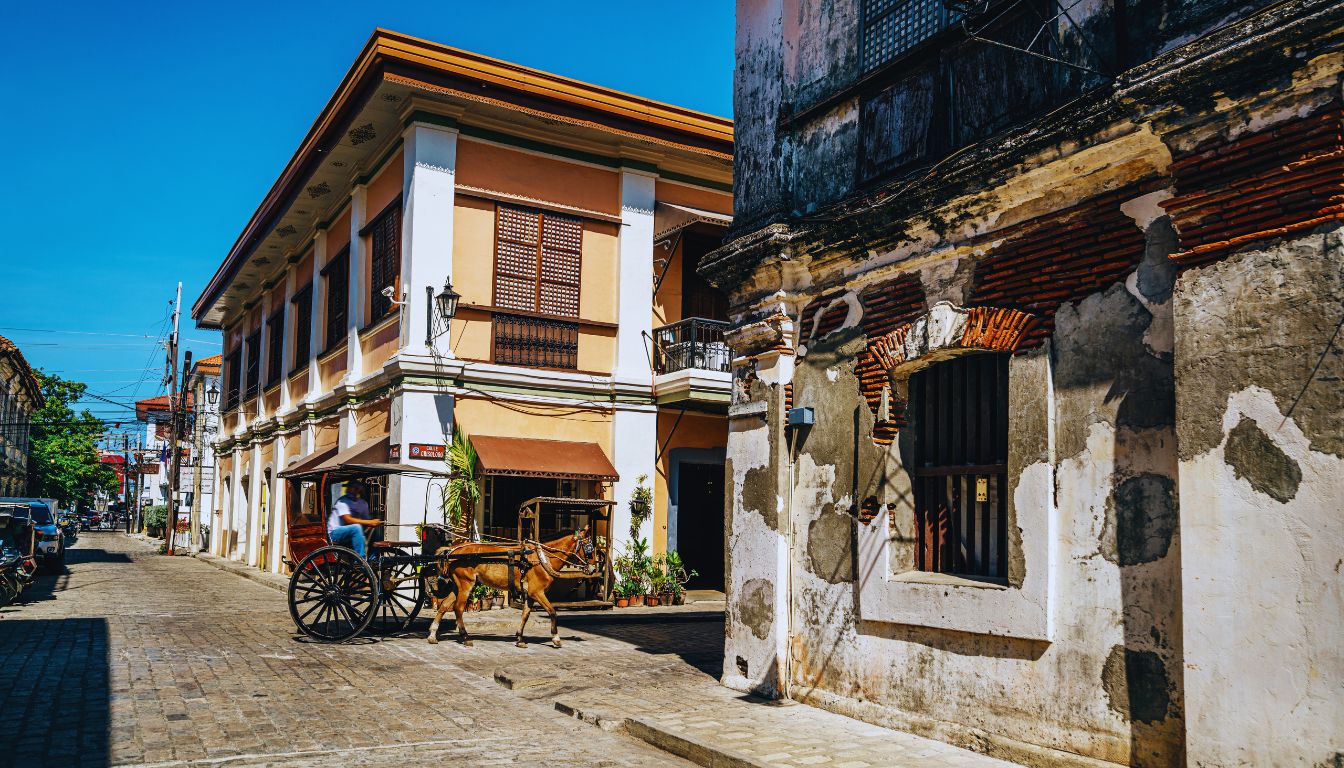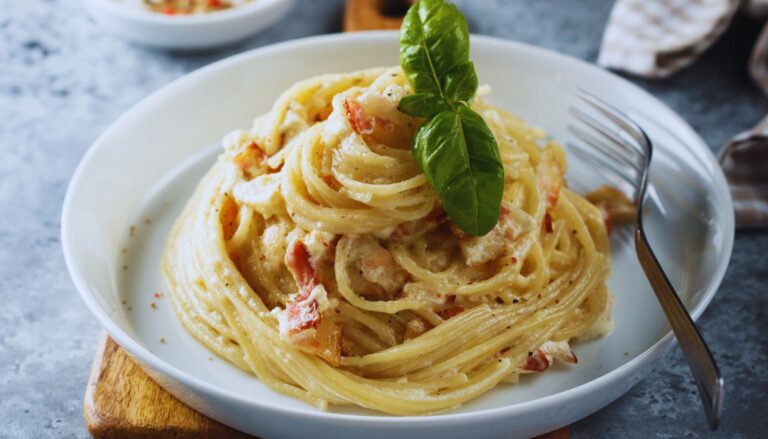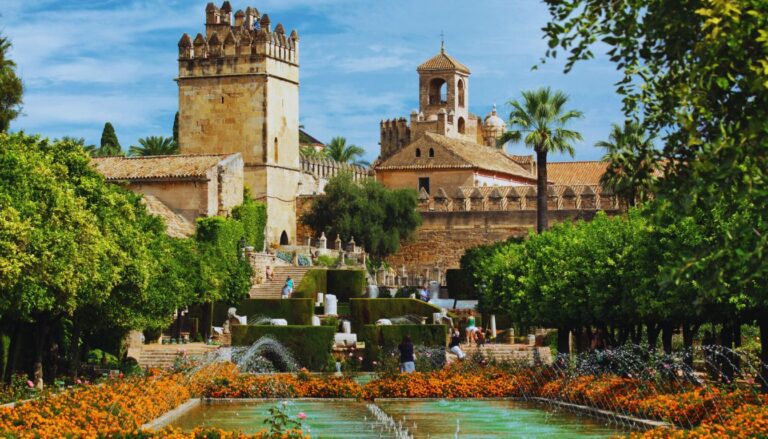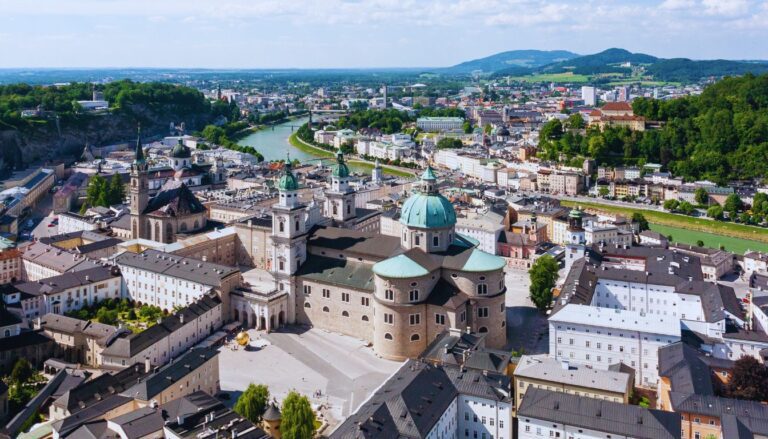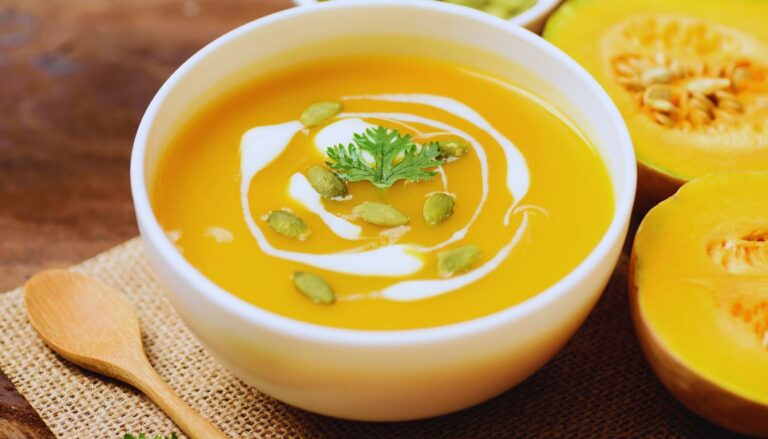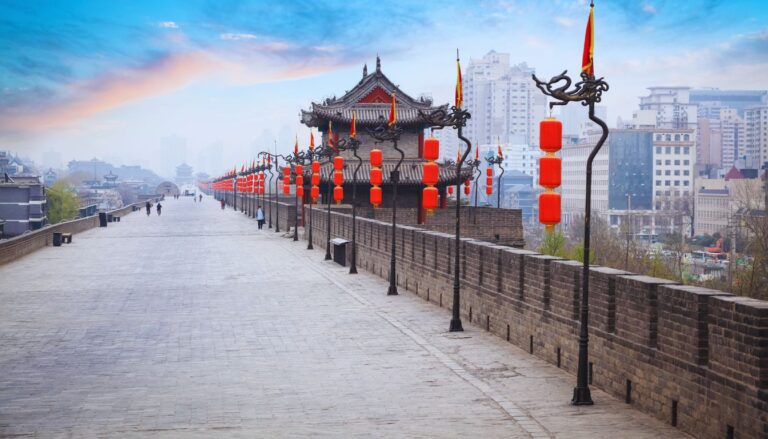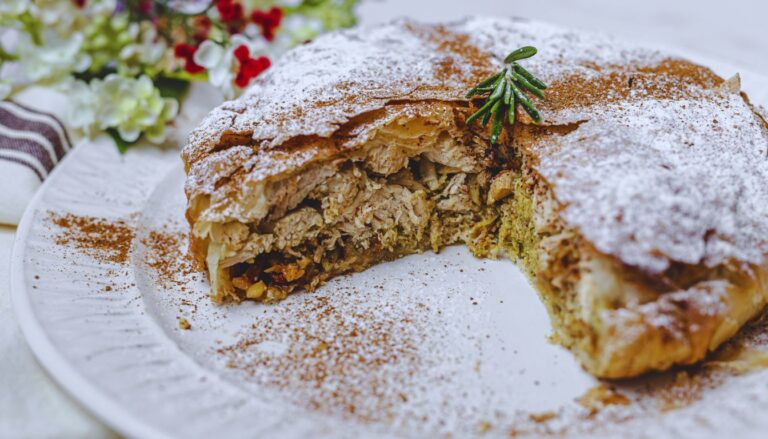Vigan, philippines
Step into Vigan, where cobblestone streets whisper tales of Spanish colonial grandeur and Filipino heritage blend in perfect harmony. This UNESCO World Heritage site in the Philippines stands frozen in time, with its preserved architecture, horse-drawn kalesas, and centuries-old traditions creating an atmosphere that transports visitors to a bygone era of Filipino-Hispanic splendor.
This guide reveals local secrets and cultural treasures, transforming your visit into a memorable journey.
Table of Contents
Best Places to Visit
- Calle Crisologo: The famous cobblestone street lined with ancestral houses
- Plaza Salcedo: The city’s main square with dancing fountain shows
- Plaza Burgos: Food hub for authentic Viganese cuisine
- Bantay Church and Bell Tower: Historic landmark with panoramic views
- Hidden Garden: Showcasing local flora and traditional crafts
- Pagburnayan: Traditional pottery-making district
Must-Visit Cultural Landmarks
- Syquia Mansion: Home of former Philippine President Elpidio Quirino
- Bantay Church Complex: 16th-century baroque church
- Archbishop’s Palace: Stunning example of colonial architecture
- St. Paul’s Metropolitan Cathedral: Religious and architectural marvel
- Father Burgos Museum: Historical artifacts and local heritage
- Crisologo Museum: Preserved ancestral house with period furnishings
Cultural Insights & Traditions
Vigan’s culture represents a unique fusion of Filipino, Chinese, and Spanish influences. The city preserves its colonial architecture while maintaining vibrant local traditions. Traditional crafts like pottery-making, weaving, and woodcarving continue to thrive.
Key Cultural Elements:
- Language: Ilocano and Filipino
- Religion: Predominantly Catholic
- Arts: Pottery, Abel weaving, Burnay jar-making
- Architecture: Spanish colonial design
- Cuisine: Ilocano specialties with Spanish influences
Top Cultural Experiences
- Ride a traditional kalesa (horse-drawn carriage)
- Try authentic bagnet and longganisa
- Watch pottery-making demonstrations
- Learn abel weaving techniques
- Join a local cooking class
- Attend cultural shows at Plaza Salcedo
- Visit during the Viva Vigan Festival
Best Time to Visit
- Peak Season (November-February): Cool, dry weather
- Shoulder Season (March-May): Warm but manageable
- Cultural Festivals:
- Vigan City Fiesta (January)
- Longganisa Festival (January)
- Kannawidan Festival (February)
- Raniag Festival (October)
How to Get Around
- Walking: Best for exploring heritage district
- Kalesa: Traditional horse-drawn carriages
- Tricycles: Local transport for longer distances
- Bicycle rentals: Available for city exploration
- Private tours: For surrounding attractions
Where to Stay
- Heritage Houses: Converted ancestral homes
- Boutique Hotels: Within the historic district
- Modern Hotels: Near Plaza Salcedo
- Guesthouses: Budget-friendly options
- Bed & Breakfasts: Local family experience
Best Places to Book Your Trip
Planning your dream trip is easy with trusted travel platforms. To secure the best deals on flights, accommodations, and tours, check out:
- Booking.com: Offers a wide range of hotels, apartments, and hostels to suit every budget.
- GetYourGuide: Book unforgettable experiences like guided tours, cooking classes, and fast-track passes.
- Expedia: A great platform for bundling flights, hotels, and car rentals for a seamless booking experience.
- Skyscanner: Perfect for finding the best deals on flights.
Pro Tips for Visitors
- Visit early morning for best photos
- Learn basic Ilocano phrases
- Try local delicacies at Plaza Burgos
- Book heritage hotels in advance
- Support local artisans
- Join guided walking tours
- Pack comfortable walking shoes
- Respect heritage buildings
- Visit pottery makers early
Let Vigan’s enchanting blend of colonial architecture and Filipino traditions transport you to a different era. Whether riding in a kalesa down lamp-lit cobblestone streets or savoring centuries-old recipes, this UNESCO World Heritage site offers an unforgettable journey through Philippine history and culture.

